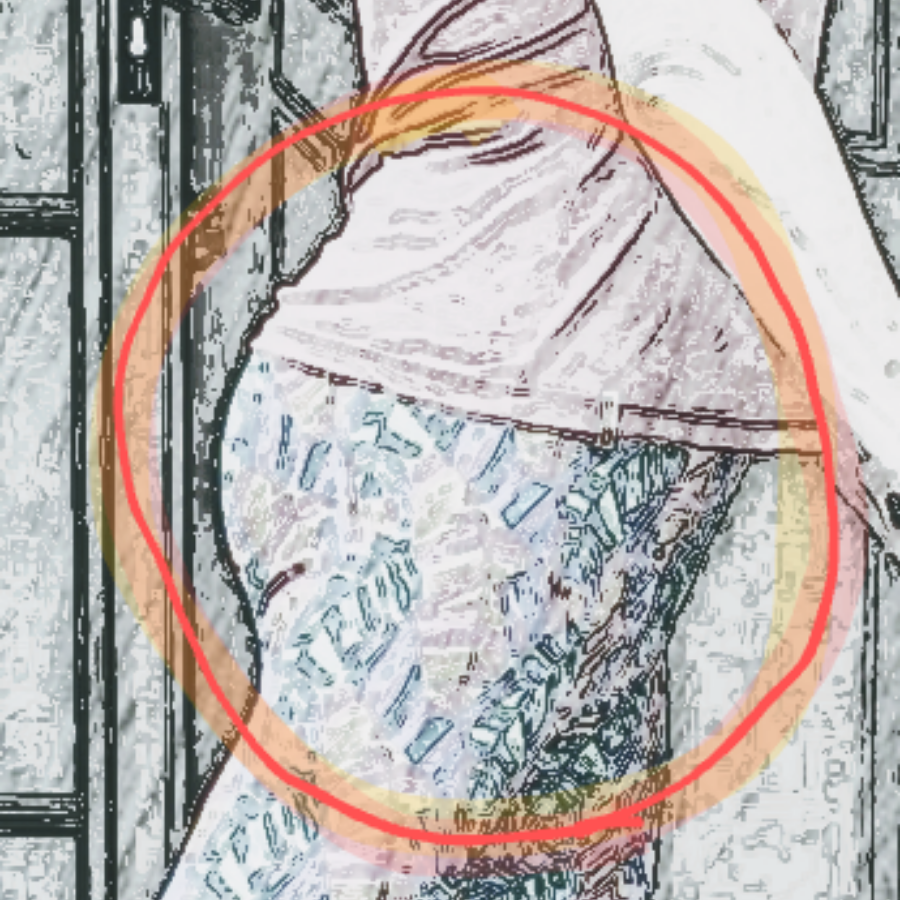Strong Hip & Core Muscles

Having strong hip and core muscles is important at any age for general health and fitness. Children run around, they climb and delight in how they can jump over an obstacle, they play tag, skip! This is innate to them.
As we advance in age, we become more sedentary as there are increased responsibilities such as looking after the family, working and having less time for ourselves or to move around.
Once our children have found their own path in life, the habit of exercising, or moving as I prefer to call it, may have been reduced for such a long time that it is not in our awareness to do much of it. And as we age further, due to a lack of moving, muscles have lost flexibility and strength.
Some reasons why it is beneficial to improve muscle strength
· Greater stability and balance: these lower the risk of injury such as falls
· Stronger centre of gravity helping stronger support for the spine
· Improved reactions when losing your footing
It is important to keep using all muscles in our body. The core muscles, just because of where they are, help our movement. When these muscles are strong, we are able to walk more and further, which helps heart and lung health also.
In today’s world we sit a lot at work, in the car, public transport, etc. This means that hip muscles are passive and not used much.
When we do walk, it is often at a leisurely pace which means we tend to not open the hip joints. After years of ambling thus taking smaller steps, hip muscles stiffen and weaken.
As we age further, this muscle weakness leads to a loss in balance control and when we miss a step, we may fall or suffer a serious injury as there is little strength to correct our posture and we topple.
There are simple exercises that can be done at home, in the kitchen or walking to the shops or even whilst sitting at your desk. They do not need take much time out of your day and they help regain strength and flexibility in the hip and core muscles. A new routine need only to take about 15 minutes daily, certainly when many can easily be incorporated within existing activities.
Always perform these movements within your capabilities without hurting yourself or overdoing it. It is better to repeat each 2 to 5 times to start with until you have built some muscle strength and then gradually, the number of repetitions can be increased. So, start slowly if these are new to you.
Whilst concentrating, it is easy to forget to breathe, please do breathe as this improves oxygen supply to muscles.
1) Open up hips
· Stand sideways to a chair or kitchen bench and hold it
· With feet parallel, move one foot forward and whilst standing still, straighten the knee of the back leg and push the hip slightly forward to feel the stretch
· Step backwards and change legs
· Repeat 10 times for each leg
· This can also be done whilst walking
2) Lower Abdominals
· Sit up straight towards the end of the seat, not leaning against the back of the chair
· Engage the lower abdominals and lift one knee slightly off the floor and hold for 5
seconds
· Lower leg
· Repeat with the other leg
· If new to this exercise, start with 5 repetitions and work this up to 10 to 12
repetitions
· When comfortable, try this exercise standing, whilst holding a chair or kitchen
bench for stability
3) Pelvic tilt

· Sit up straight towards the end of the seat, not leaning against the back of the chair
· Place hands on your thighs
· Breathe in and on the outbreath tilt the pelvis by pulling the navel towards the spine
and curl the tailbone under
· Inhale and release
· Repeat 10 times
4) Muscles on the side of the torso
· Sit to the front of the chair or stand up straight holding a chair for example
· Hold arms straight with fingers pointing to the floor
· With the spine stretched, slowly bend to one side, exhaling. Do not lean forward
· Hold for 2 seconds and return to the starting position
· Repeat on the other side
· If new to this exercise, start with 5 repetitions and work this up to 10 to 12
repetitions
5) Hip abduction
· Stand with feet parallel and hold a chair or kitchen bench
· Whilst keeping toes pointing forward, which is important, move one leg sideways,
far enough to engage the muscles on the side of the hips
· Return leg to the starting position
· Repeat with the other leg
· If new to this exercise, start with 5 repetitions and work this up to 10 to
12repetitions.
6) Hip extension
· Stand with feet parallel and hold a chair or kitchen bench
· Lift one leg backwards, with toes pointing forward, do not lean forward
· Move leg back to starting position
· Repeat with the other leg
· If new to this exercise, start with 5 repetitions and work this up to 10 to 12
repetitions.
I trust the above information is useful.
About Anne

Anne, a mother of 2 and grandmother of 3, shares her insights about health through Menopause & Beyond Menopause. She does this by sharing pearls of wisdom collected in her 72 years of living and working with clients since 1999. She deepens her knowledge by reading, researching and learning as much information on the physical and mental aspects of menopause to help you through your journey with these changes in life!
Learn more about available courses
